Vincent James and Jennifer Yoos of VJAA recently spoke at IIT and gave a lengthy presentation on their research of "skyways" around the world. They didn't pose any conclusions, and i don't think I will here either, but they were fascinated with them. At he end of the presentation someone proposed that overpasses are detrimental to street life because it displaces activity. James and Yoos countered with the High Line, and argued it depended on which activities in particular areas are displaced as to whether an skyway/overpass/viaduct will have a detrimental effect. They posited that the High Line represents another layer, in fact a lost layer, of leisure activity in an otherwise dense and rugged neighborhood of west Chelsea. I thought it was an interesting take on why the almost comically uber-loved High Line works, and just maybe that this idea of layered and supplemented activities could work in places other than idiosyncratic New York if the right needs were identified.
In the days after I have noticed quite a few Viaduct projects pop up and have been thinking about the different ways to to approach these (typically deteriorating) linear pieces of infrastructure, many of which have a strong physical and psychological presence in their respective cities. The High Line is so brilliantly simple because it simply switches the intended use of its program: people instead of trains. No fuss, no muss, just make it fun and pretty and let it do its job all over again. I think that what is so exciting about the High Line is that citites everywhere could see themselves easily do the same thing with their aging viaducts for a fraction of the cost of tearing them down, actually turning them into an economic engine, not to mention a public asset. Some day, when Chicago and the CTA finally throw their hands up in desperation and frustration, this is what the L will become.
Then there is this beautiful idea out of London by Undercurrent Architects that proposes a reuse of the close to 10,000 arches created by the viaducts throughout the city. This re-programming of this largely defunct infrastructure is pretty convincing, especially when it is this well done. A energy analyst has to love the thermal mass provided by the viaduct, and its "green" cred is also bolstered by the material savings and recycling as well. Lets just hope it doesn't leak.
On the complete other end of the spectrum is this project by my friend Noel Turgeon. Sort of a Mega Viaduct, it turns the infrastructural typology on its head from the get go. People, not heavy traffic, go on top and inside the massive structure, while the existing heavy industry traffic (truck, train, barge) pass underneath perpendicularly. This solution is also responding to the need of leaving the meager "natural" areas around the industrial site undisturbed. The huge building/dam/bridge attempts to tread lightly while it lofts its program over the site, and does a pretty good job with its dynamic form. Theoretically this inverted, programmed viaduct could perform in a number of different locations, although I think the warning of James and Yoos would be well headed by all skyway supporters: don't supplant what is already there, supplement with what is lacking.
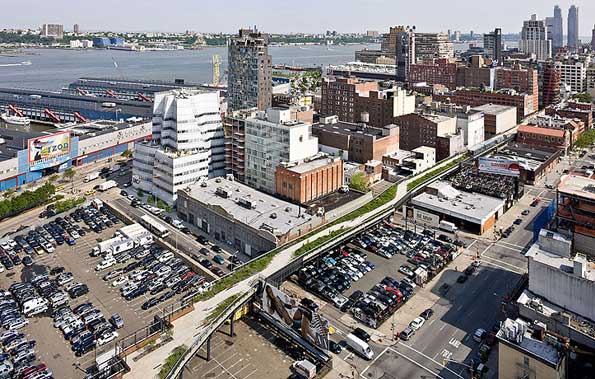
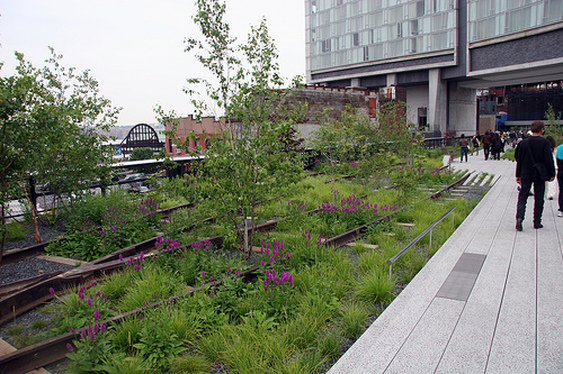
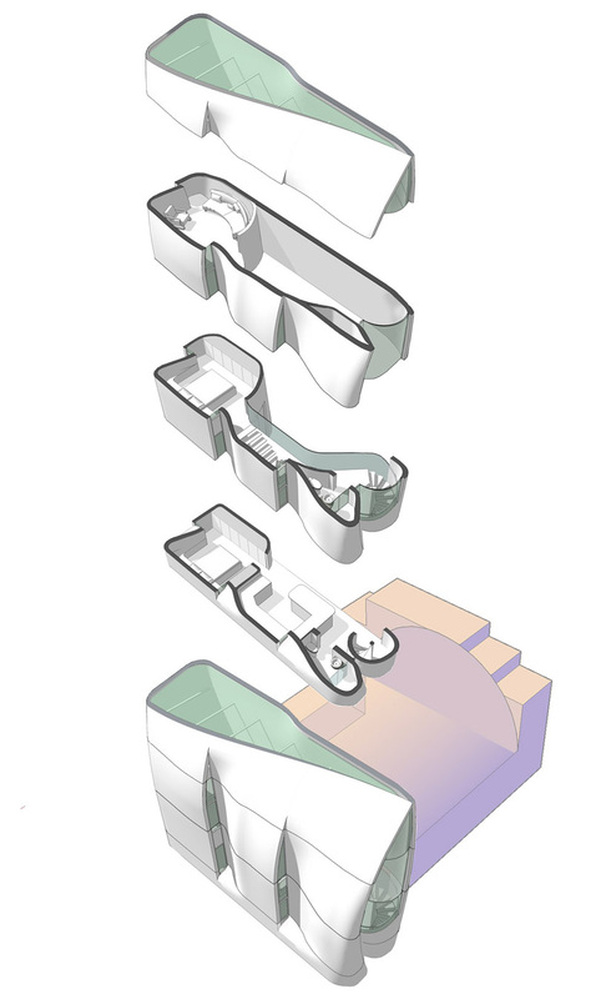
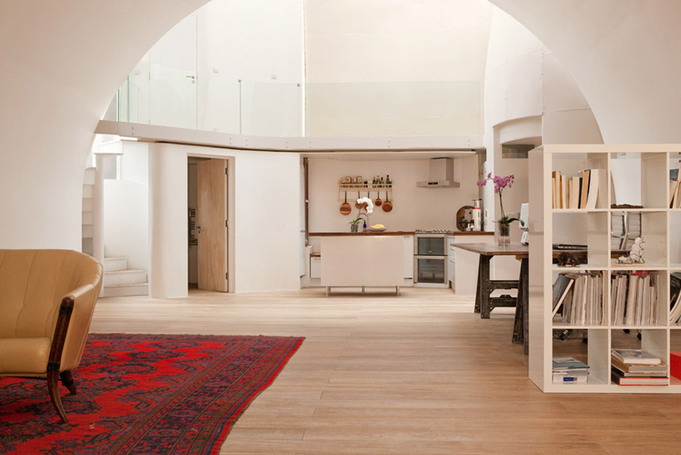
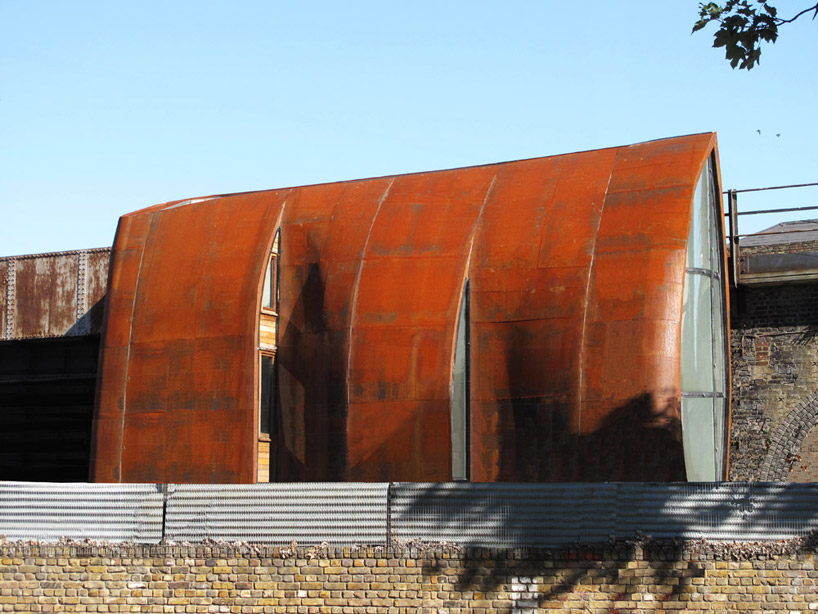
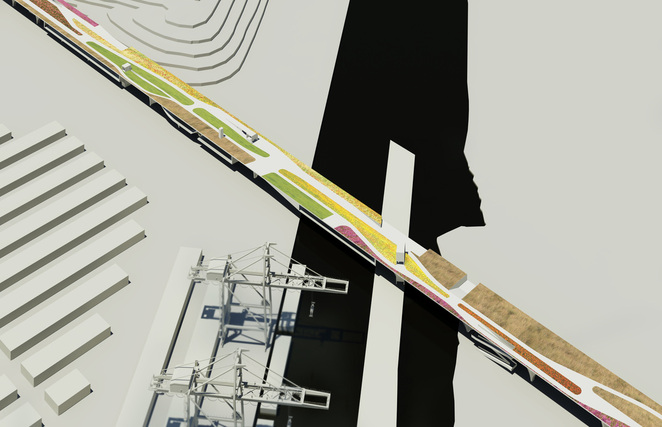
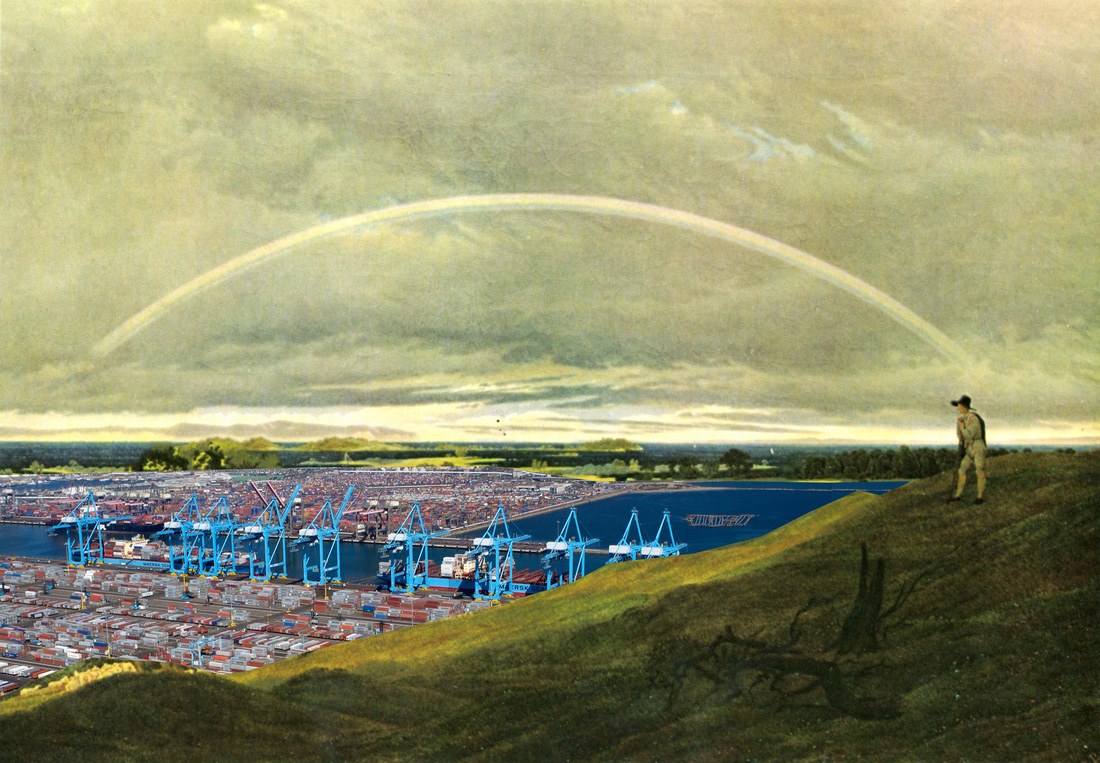
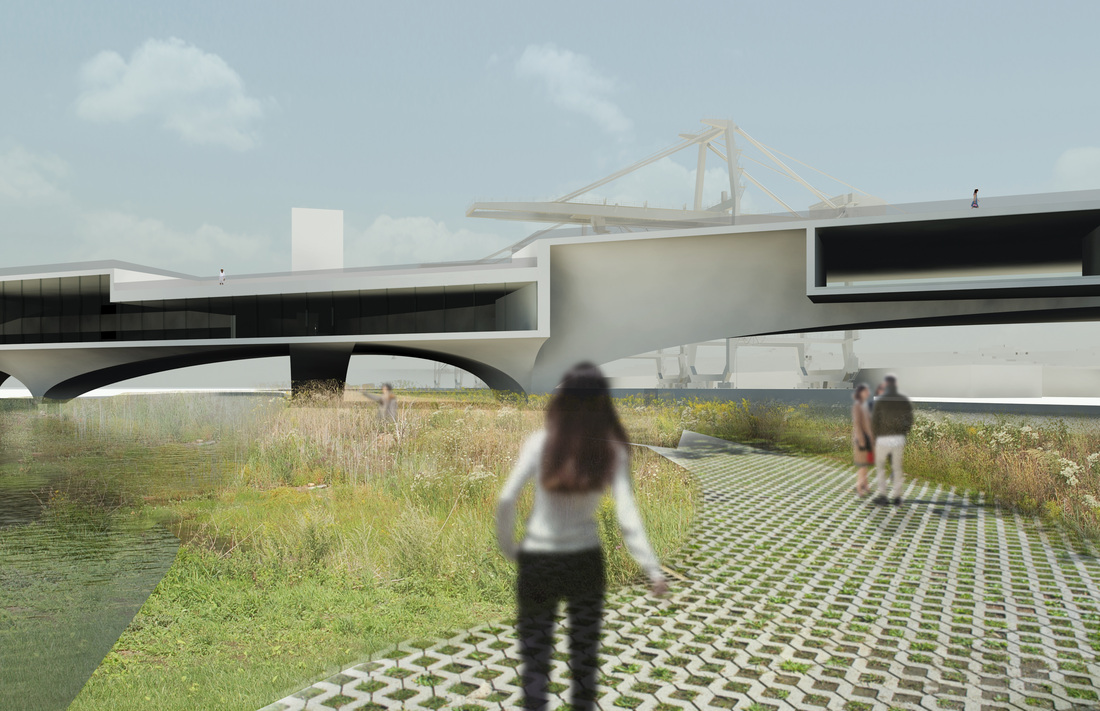
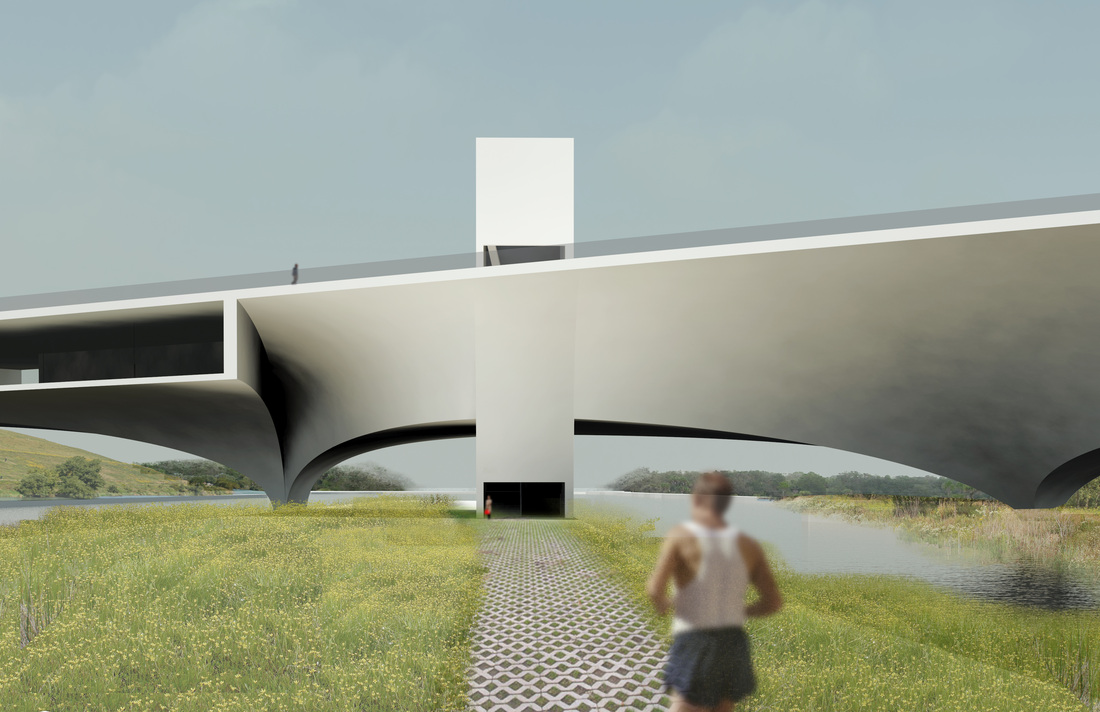
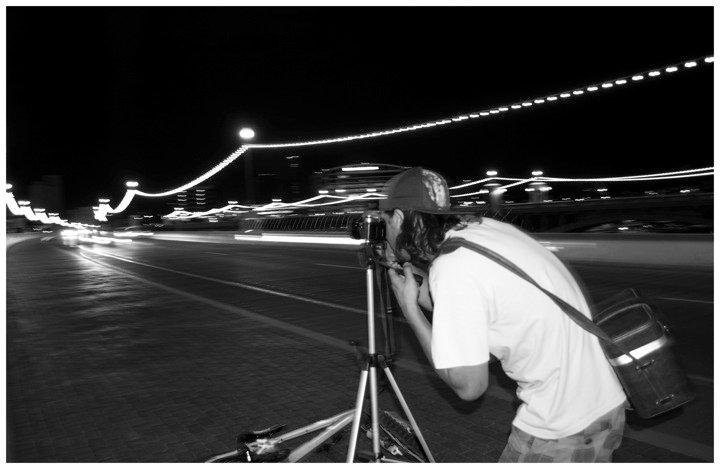
 RSS Feed
RSS Feed